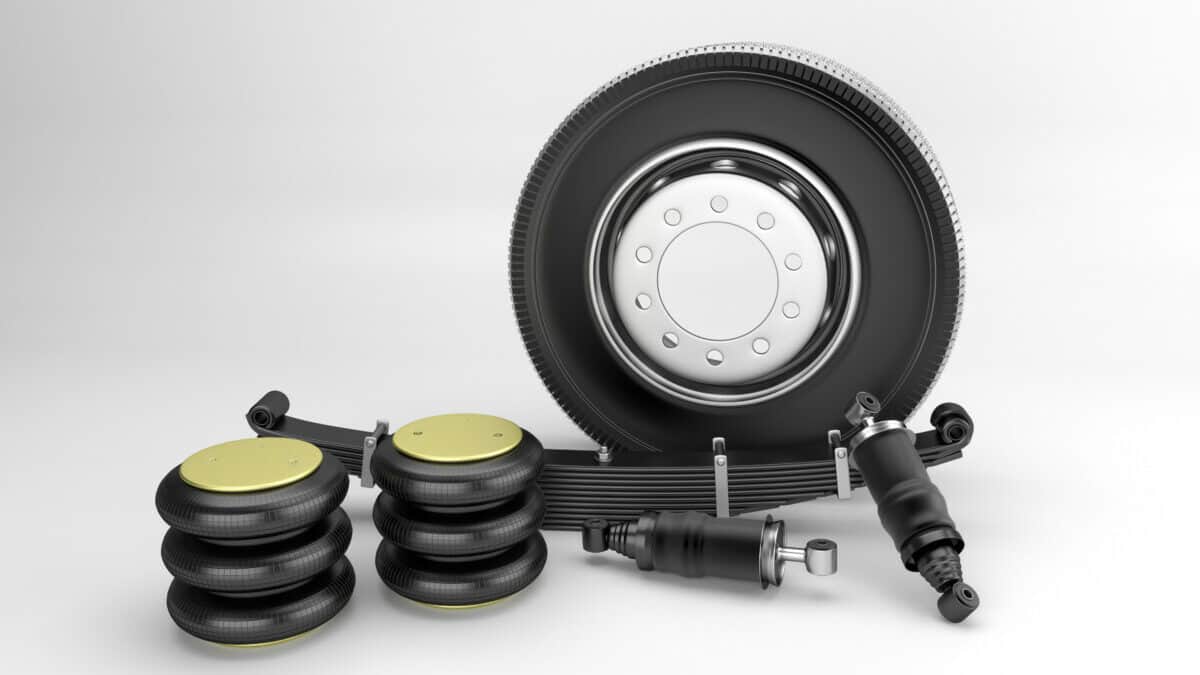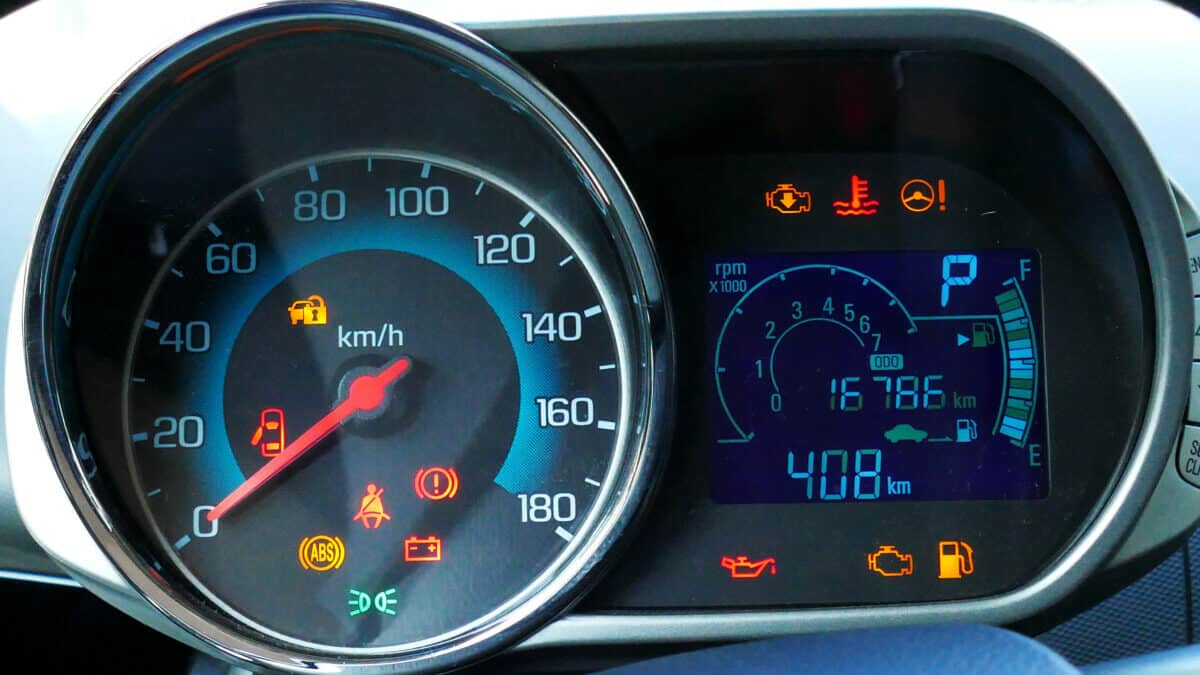Range Rover Suspension Fault Reset
Experiencing a suspension fault in your Range Rover? Discover the steps for a quick and efficient suspension fault reset. Dive in to ensure a smoother ride ahead!

Land Rover vehicles are known for off-road superiority, luxury, and style. And while luxury cars are great both on and off the road, they are unfortunately known for having many problems with their suspensions. This has become extra frustrating since they make an otherwise thoroughly enjoyable vehicle into one that is uncomfortable and unsafe to drive.
How To Reset Air Suspension On A Range Rover
To reset a Range Rover’s air suspension, turn on the car, and then make sure that the car is in park and the emergency brake is on. Then, turn the steering wheel in one direction until it locks. Following that, turn it in the other direction until it locks again.
But how will you know when your car is just showing the warning because it is fake or when it is actually warning you?
Also, how much will you expect if you decide to go into a dealership and get it checked out there? Throughout the rest of the article, I will continue to answer these and many other questions you have about the Range Rover’s air suspension problems.
How To Tell When You Need to Reset
Your Range Rover does come equipped with a suspension warning light. When problems get bad enough, this amber indicator will light up with messages like
SUSPENSION FAULT. STOP ENGINE. STOP SAFELY.
– Your Range Rover Message Screen
But this message only comes up once the problems have gotten so severe that they have become dangerous.
However, if you are paying any attention to the car, you will likely know when your suspension actually gets to a point when it is dangerous.
You will typically notice the problems before the car does unless you aren’t paying much attention to the condition of the car.
One dead giveaway is if your Range Rover is leaning to one side. Sometimes, this is either to its left or right side, but it’s often the rear end that sags down.
This can make the car look like it’s “squatting” down. Another telltale sign of suspension issues is if the car does a “nose dive” when coming to a stop.
This is when the front end dips down as a result of bad air struts, and stopping force causes the front end to dip down while the rear end lifts.
Causes of Low Air Suspension

There are plenty of different reasons that the air suspension warning may light up and warn you, like:
- After a batter change. This is the most common reason that you will have the error claiming that the air suspension is at a dangerous level. However, this is also the easiest and cheapest option since you can solve it by yourself with your car in the driveway by doing the steering wheel technique explained earlier.
- Software update. This will be the same as when you change the battery in that you should be able to solve it by simply doing the technique with the steering wheel.
The following are other causes that the Range Rover’s air suspension might be warning you about, and if any of these are occurring, then you are going to want to take your car to a dealership so that no more problems occur.
These causes include:
- Seized compressor
- Leaking strut
- Faulty rear or front valve block
- A leak in an air hose
- Reservoir valve block
- Height sensor
Purpose of Air Suspension
The air suspension system in Range Rovers is very important to the car as they serve just one vital purpose: supporting the car’s weight.
The weight is keenly spread throughout the car, and even when one section of the air suspension begins to fail, it can cause lots of problems.
In an air suspension system, compressed air housed in rubber airbags supports the weight of the car.
This rubber needs to be soft and flexible to expand and contract properly. That means it is very susceptible to dry rot or punctures.
Make sure that all parts of the air suspension are taken care of if one fails, the other with experience more strain and be quick to follow.
How to Reset Air Suspension
As explained before, if the problem is simply just from the sensor or from a battery change, solving the problem is quick and easy.
To solve this, enter your car and turn it on, then you will want to make sure that the car has its emergency brake on and that the car is in the park.
You will then want to turn the steering wheel in one direction until it locks, typically 3 turns.
You then will turn the wheel in the other direction and continue until it locks again, 6 turns, and then the warning should be gone.
Video: Reset the air suspension inactive warning Range Rover L322
If this fails to remove the warning from the car, you will want to check to see where the air suspension is failing around the car.
You can do this by walking to one corner of your Range Rover and pushing down hard on the bumper. Next, watch as it rises back into place and repeats for each wheel.
Once you find where the air suspension system is failing, you will want to take it into the shop and let them know so that you can get it prepared and prevent future damage.
Cost of Resetting and Repairing Air Suspension
Do it Yourself
If you can do it yourself with the steering wheel method, then “fixing” the air suspension problem won’t cost you a cent.
However, if it is one of the other reasons the problem is occurring, then you can expect the parts to cost around $1,000.
The labor costs are free if you do it, so it will still be a cheaper option.
Share Your Insights With US
Did we forget something, get something right (or wrong)? We’d love to hear your insights! Share your automotive experiences based on our article in the comments below. Your input enriches our community’s knowledge. Thanks in advance for sharing!
At a Dealership
Assuming that the steering wheel method doesn’t work and you need to take it into the shop, you will be looking at a very expensive repair bill.
The bill can cost anywhere within the range of $1,500 to $3,000. Depending on the dealership, this price can skyrocket even more, especially if you have to change multiple parts within the system.
